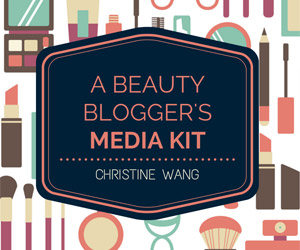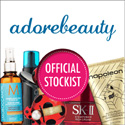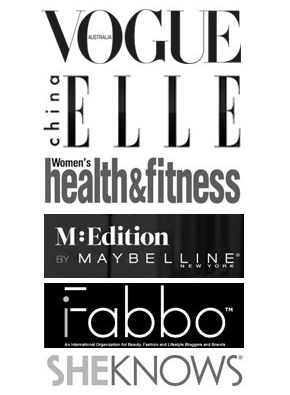I’m not going to do a poll today, but heck, it’s Wednesday, so I’d still ask you ladies a question of the week just the same 🙂
There are hundreds, no, maybe thousands, of beauty blogs on the Internet, and so many of them are such great reads. Other than the words used in reviews, promotion of products, rants, general stories, etc, do the images used on the blog affect your choice of beauty blogs to read?
My question is, do you prefer beauty blogs which use actual photographs of beauty products which they took themselves, or are you fine with just the stock images of the product (taken from its website) used?
As for me, I enjoy viewing amateur photographs of beauty products. Sure they’re not as sharp or as well taken like a professional photographer would, or with a fancy schmancy-pants camera and ‘umbrella lights’ (I have no clue what those are called), but I think it adds a more personal touch to the blog. It also shows that the person has put in a lot of effort into his/her work. I mean, hey, having to snap photographs of the product, perhaps colour-correct it, watermark it, and then upload it onto the Internet before posting it on the blog is no quick-and-easy feat, no matter how good you are at it. It takes time.
I guess to me, such effort should be taken into consideration, and therefore is worth checking out. You know what I mean?
This doesn’t mean I don’t enjoy or frequent blogs which mostly use stock images as taken from the product website. There are many beauty bloggers out there which use stock images who still write well. I just like seeing actual photos :p
What about you? Is there a preference for you? Or that either way is just the same?
Do share. I’d love to know what you think 🙂







 Salicylic acid is also referred to as Beta Hydroxy Acid (BHA). There are a variety of AHAs (see
Salicylic acid is also referred to as Beta Hydroxy Acid (BHA). There are a variety of AHAs (see 







